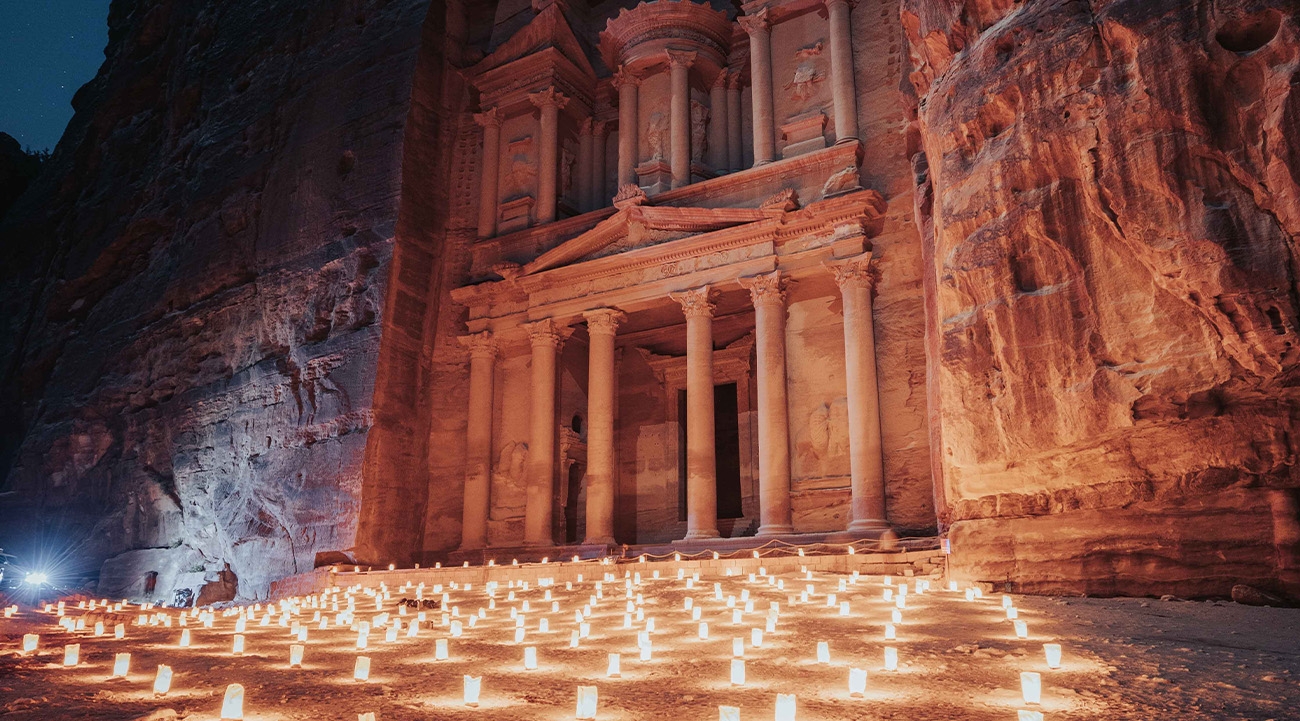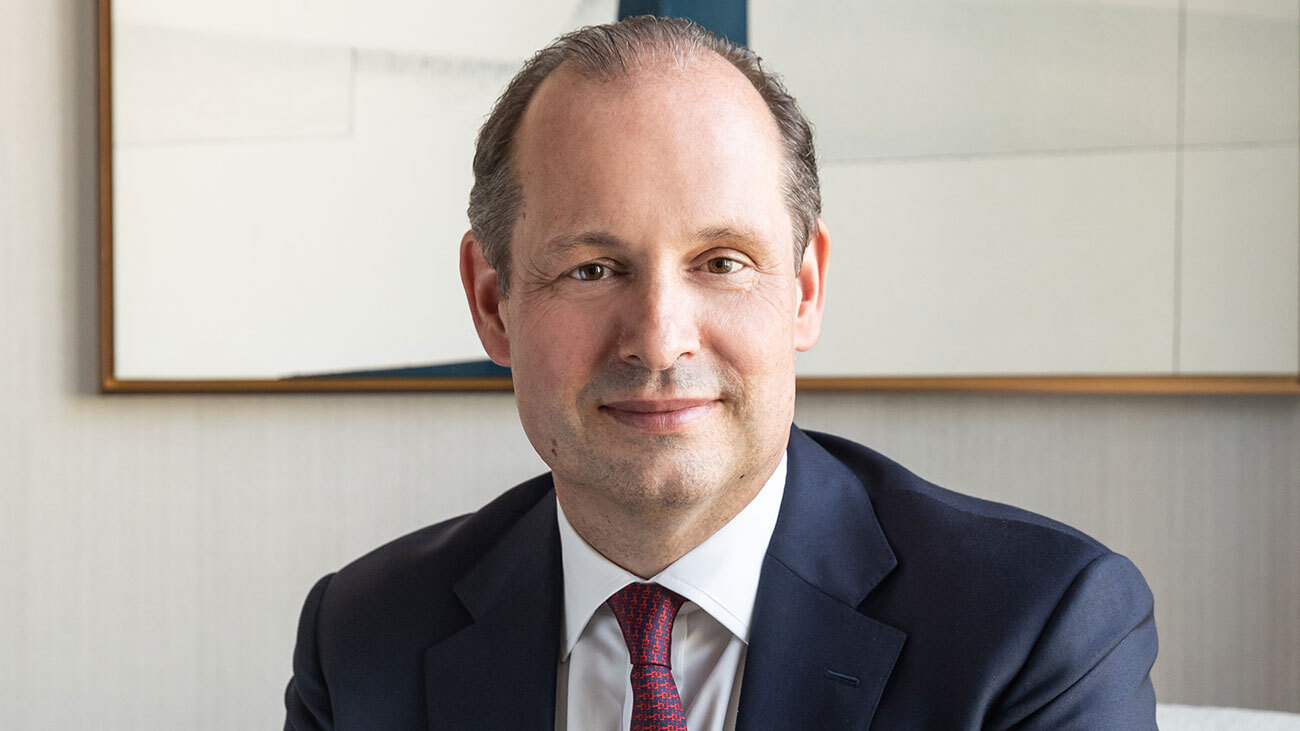Desert stars: Why Jordan is the ultimate exotic luxury escape
The aircraft glows ghostly white as I draw closer and see the figure of a man balanced, arms spread, on the jet’s tail. It could be a scene from Mission Impossible, revealing Tom Cruise’s latest breathtaking stunt, but this daring act isn’t destined for the big screen: it’s being acted out by a diver in the big blue, as I snorkel in the warm azure waters of the Red Sea in the Gulf of Aqaba. The Lockheed L-1011 TriStar lies from 15 to 28 metres beneath the waves, and is one of several aquatic oddities submerged in the waters off Jordan’s 16- mile Red Sea coast.
Along with a tank, anti-aircraft guns and two Cobra AH-1 helicopters, the plane is a top attraction in Aqaba’s Underwater Military Museum, which draws visitors from around the world to its unique dive and snorkel sites. The Aqaba Marine Park protects natural wonders here too, with dolphins, turtles, rays and hundreds of species of fish helping to secure the Red Sea’s place on the list of the world’s most spectacular dive spots.
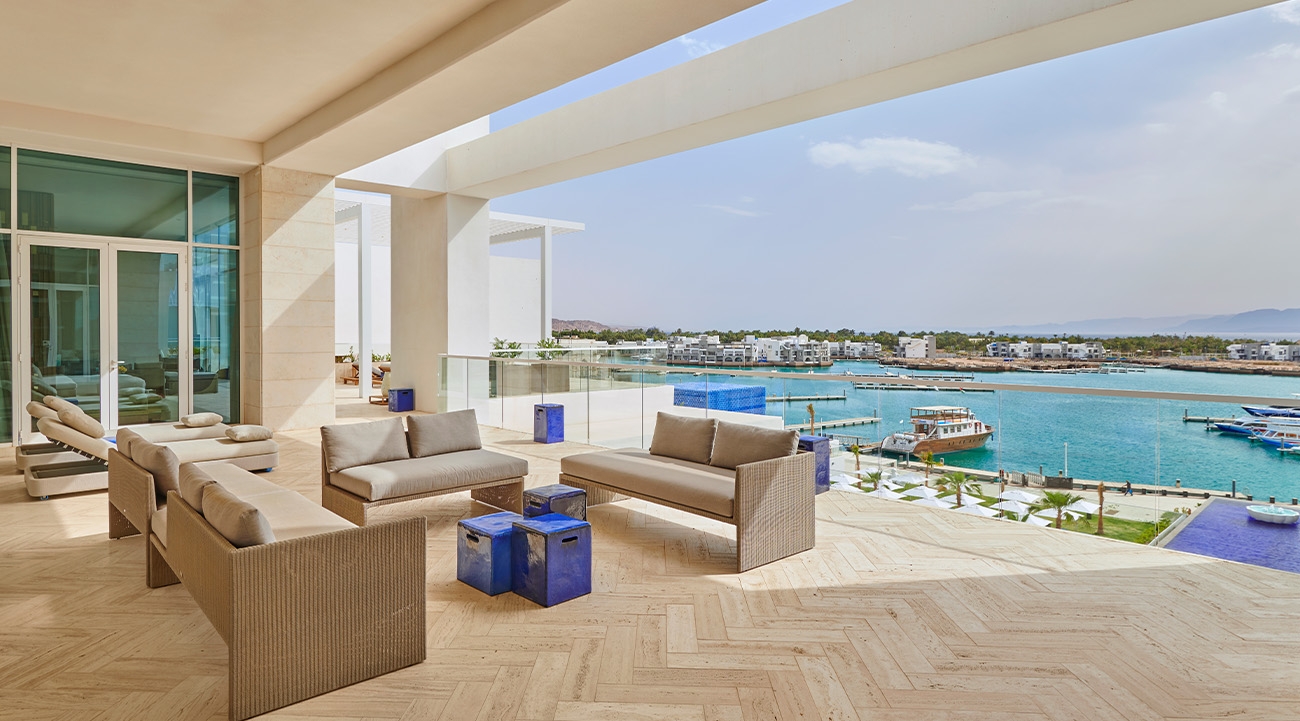

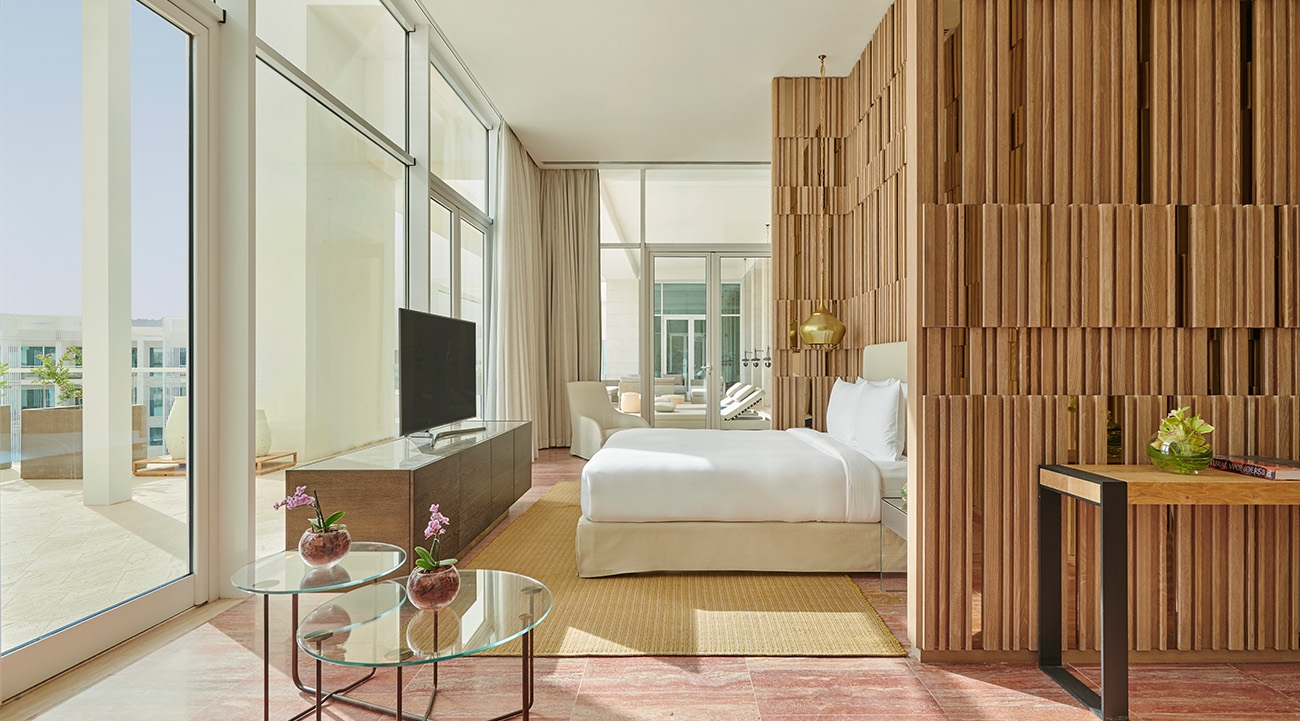
Above the waves, Jordan also has plenty of star appeal, including the ancient ‘lost city’ of Petra, which features in the finale of Indiana Jones and the Last Crusade; and the valleys, dunes and rust-red rocky outcrops of Wadi Rum – the extra-terrestrial backdrop for films including The Martian, Dune, Rogue One and John Wick: Chapter 4. Beyond the celluloid, the real-life kingdom of Jordan is a safe and friendly Arabic nation, known for its fabulous food and breathtaking desert landscapes, and is easy to explore on a self-drive itinerary, or a bespoke tour with a driver or guide.
A five-and-a-half-hour flight from the UK, the country’s capital, Amman, ranks among the world’s oldest cities and is one of Jordan’s most popular international gateways. The Amman Citadel, with its bronze age walls and ruins of the Roman Temple of Hercules and Umayyad Palace, stands on the city’s highest hill, Jebel Al Qala’a, while the dazzling King Abdullah Mosque, which commemorates the first king of Jordan, is open to non-Muslim visitors. Venture beyond the city and you’ll discover epic mountain and desert landscapes, with the famously floaty salty waters of the Dead Sea just 40 miles to the southwest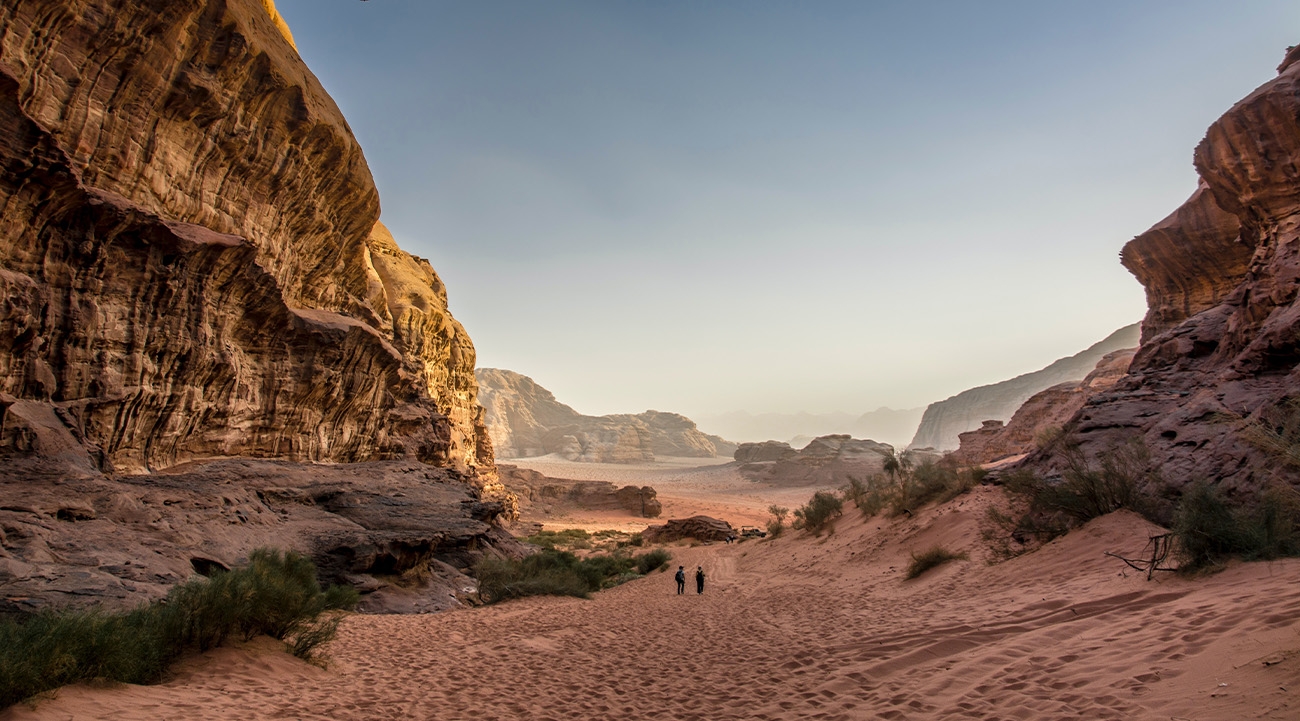
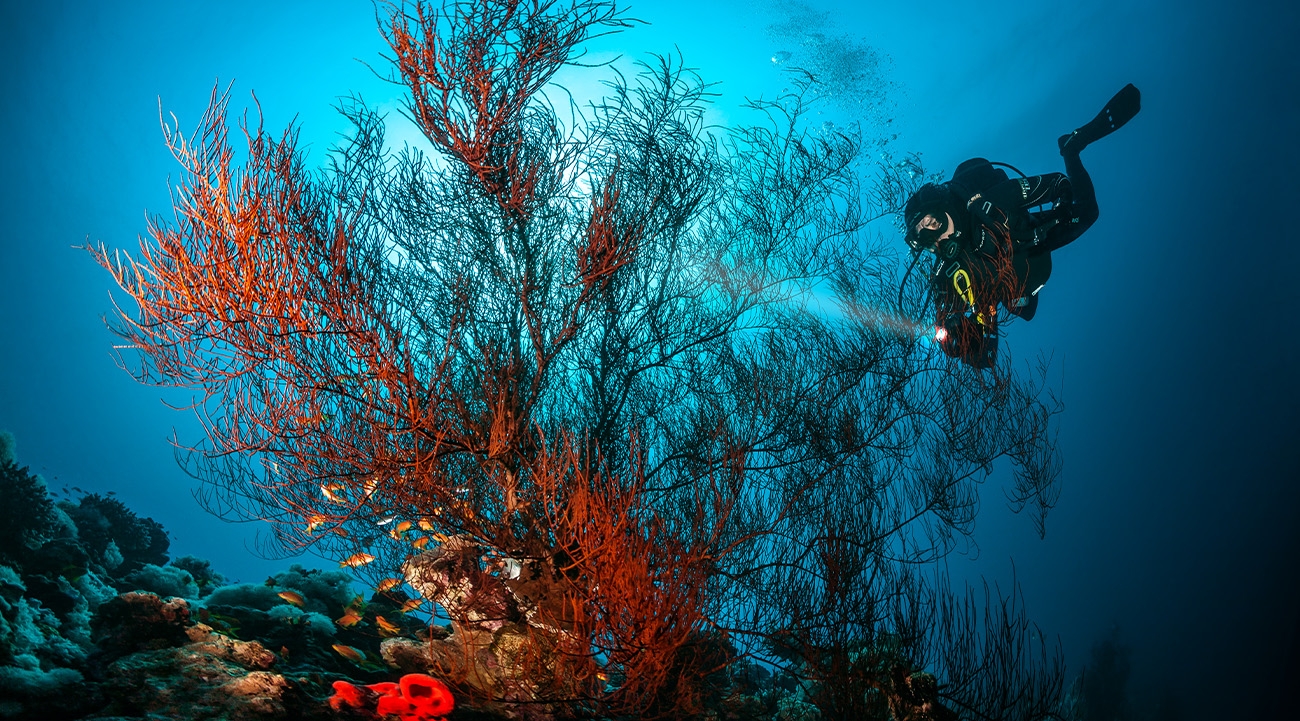
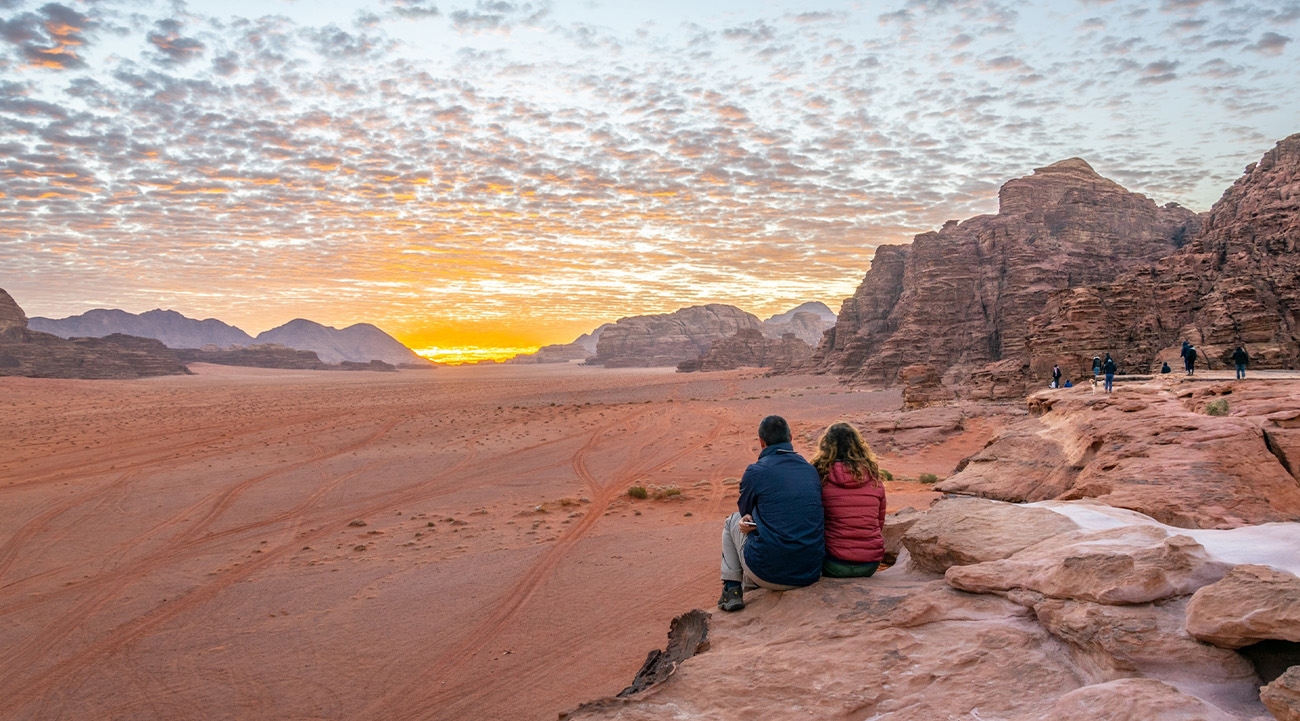
History in abundance
My trip starts in Aqaba, which lies on the northeastern tip of the Red Sea, at the crossroads of Asia, Africa and Europe. The city, once known as Ayla, has been an important centre for maritime trade and pilgrims travelling to Mecca for centuries. A wander around the excavations of the ancient Islamic settlement, rediscovered in the 1980s, reveals remnants of walls, towers and gates dating from 650AD.
“It’s here that Arab forces led by TE Lawrence – Lawrence of Arabia – defeated the Turkish army in the Battle of Aqaba in 1917,” explains my guide, Mohammad. Today, Aqaba’s modern port draws travellers seeking an exotic Middle Eastern adventure and seafarers of the luxury cruise ship kind. Visitors will find traditional souks selling crafts, spices and teas just a stone’s throw from upscale developments such as the Saraya Beach Club. Nearby, Ayla resort offers a range of high-end residences, including the Hyatt Regency Aqaba Ayla Resort, which has 285 rooms and 43 suites, and views over a marina glistening with private yachts.
Hire a bicycle for further exploration and you’ll uncover white-sand beaches, an 18-hole championship golf course and nine-hole golf academy, a high-ropes adventure course and Cable Wake Park, where you can wakeboard around the resort’s lagoon in style. With two beach clubs and pools, chic boutiques and marina-side restaurants, it’s a prime spot: the King of Jordan has his residence next door. But to get a real feel for the country, visitors should head to the desert. Inhabited since 4,500BC and now a Unesco World Heritage Site, Wadi Rum is home to sandstone mountains and valleys, wind-sculpted arches, 4,000-year-old rock art and soaring dunes.
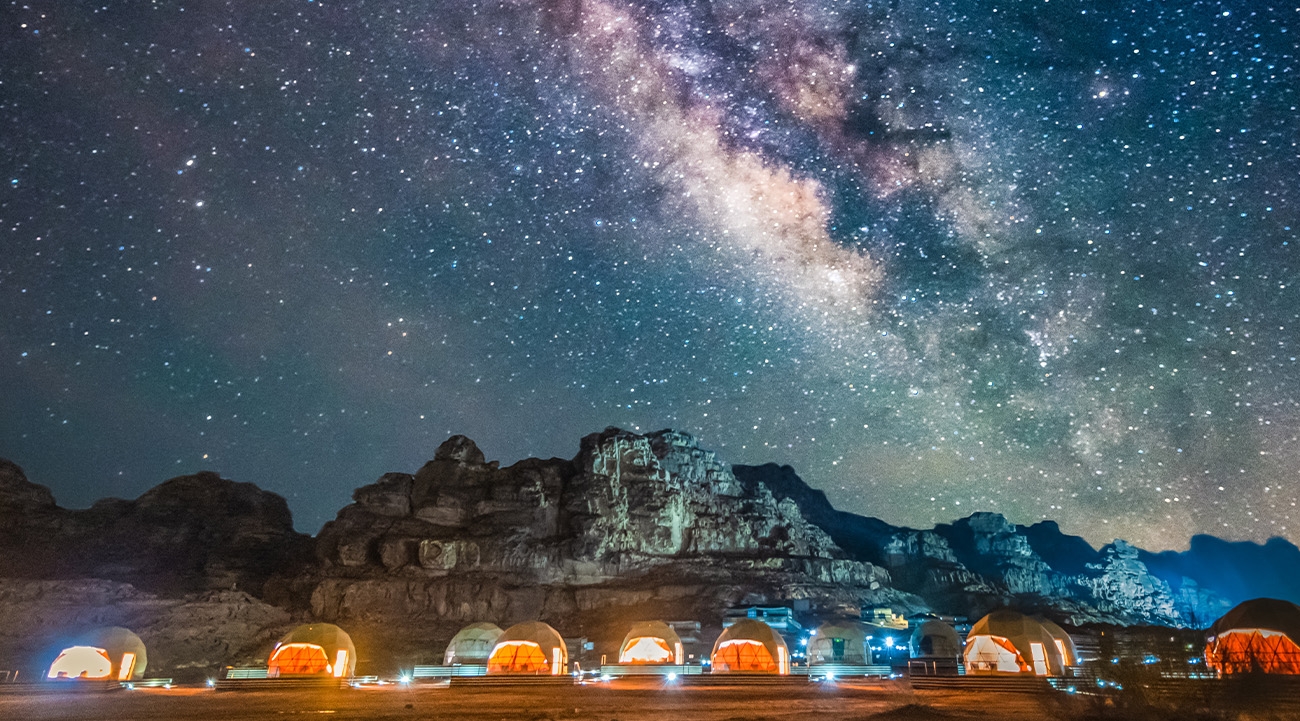
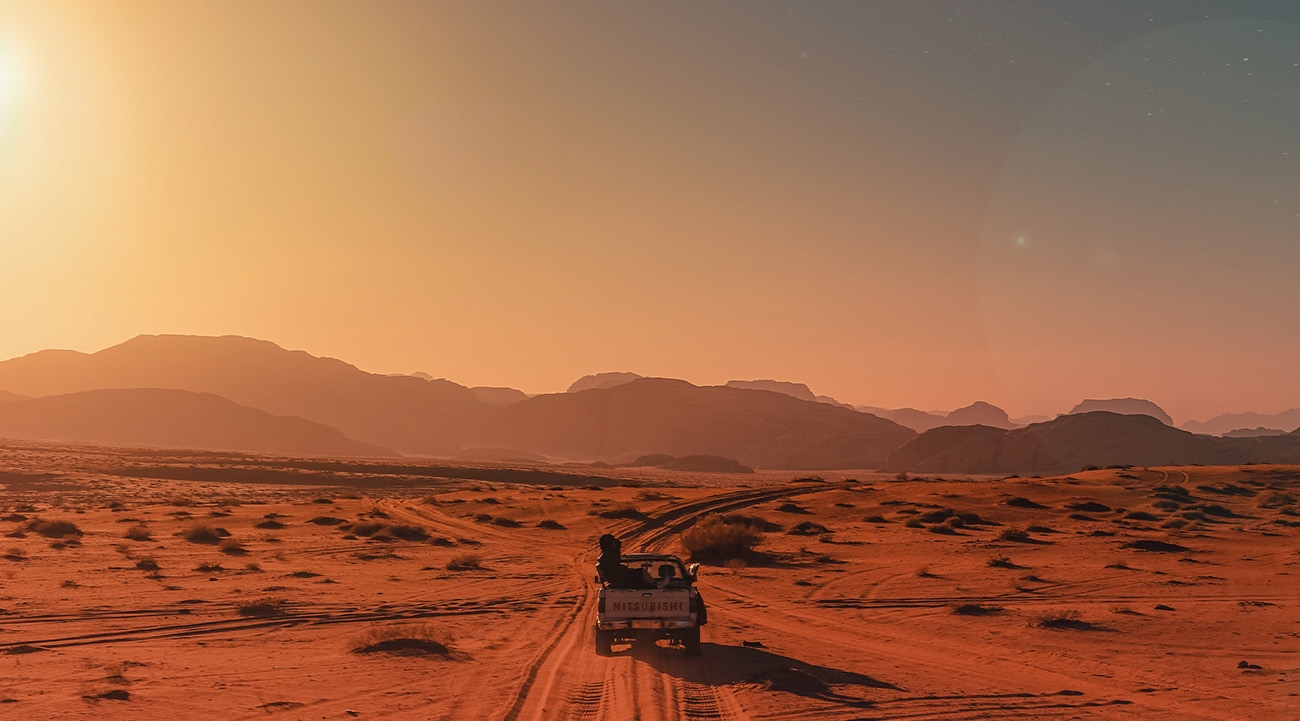

A base for Lawrence of Arabia during the Arab Revolt, the region’s natural underground springs have provided fresh water for traders and the ‘Bedu’ desert-dwellers for centuries. While some Bedouins still follow a nomadic way of life, herding camels, sheep or goats across the sand and rugged escarpments, many now farm or live in the cities. But Wadi Rum offers the chance to experience their traditions and legendary hospitality. After a 4x4 drive through the desert and a hike up a dune to take in the vastness of this timeless landscape, I check in to Palmera Camp, one of the luxury tented oases that dot the red-sand valley. Arriving as temperatures begin to cool in the late afternoon, I could be landing at my base for terraforming Mars.
A curve of ‘bubble’ tents is stretched out against a backdrop of sandstone rock, each with a panoramic window to look over the desert by day, and slumber under the starriest of skies by night. After a dip in the pool, I climb up the rocky outcrop behind the camp at sunset, as the rocks burn gold, and a gentle wind breaks the silence of the desert. After dark, I’m invited to a traditional Bedouin ‘zarb’ – a meal cooked slowly underground for hours over hot coals and served after a photo-friendly reveal, alongside a feast of fresh salads and meze. The following morning at dawn, I’m taking off in a hot-air balloon for a chance to view the spectacular ‘valley of the moon’ from 2,000 metres with Balloons Over Rum.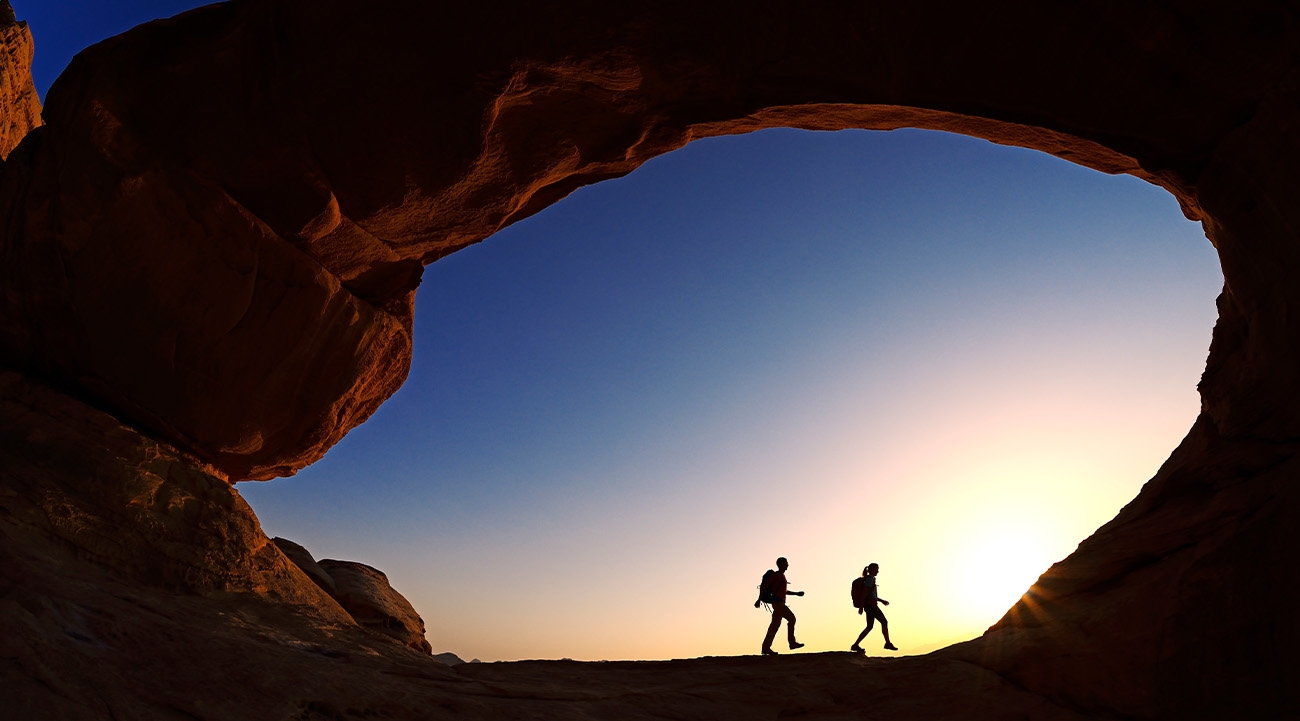
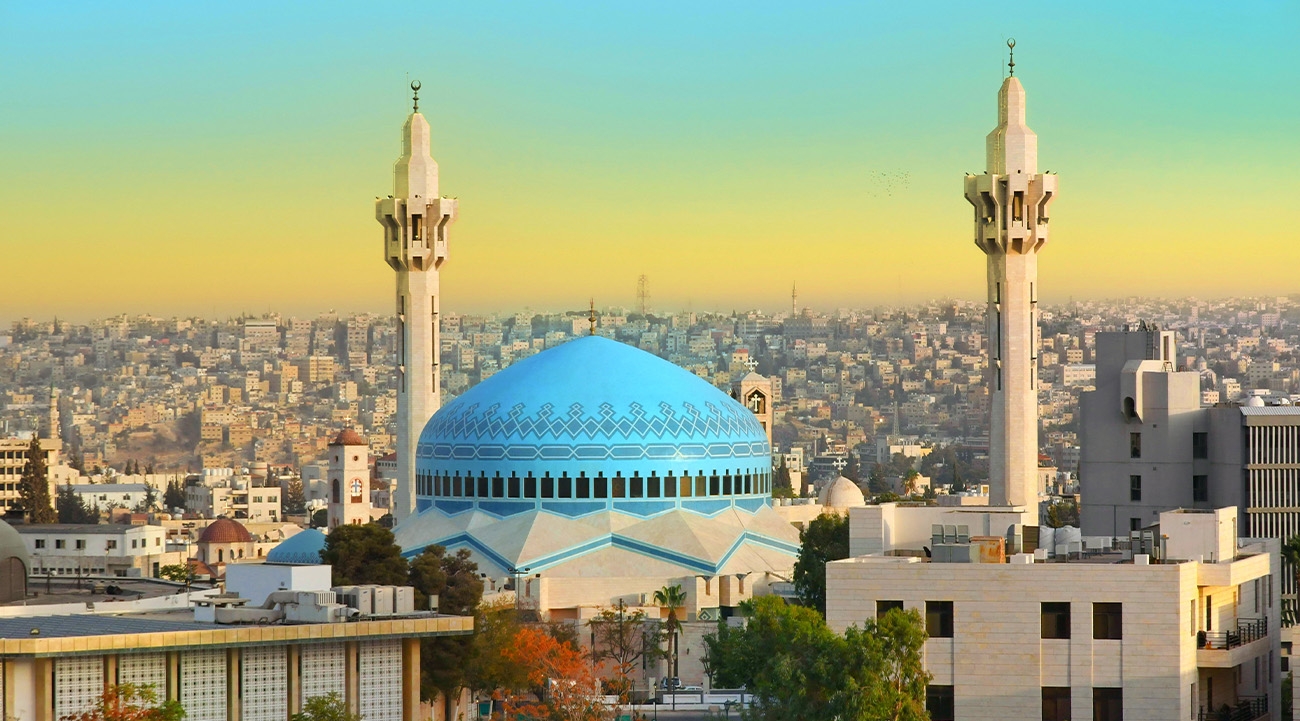
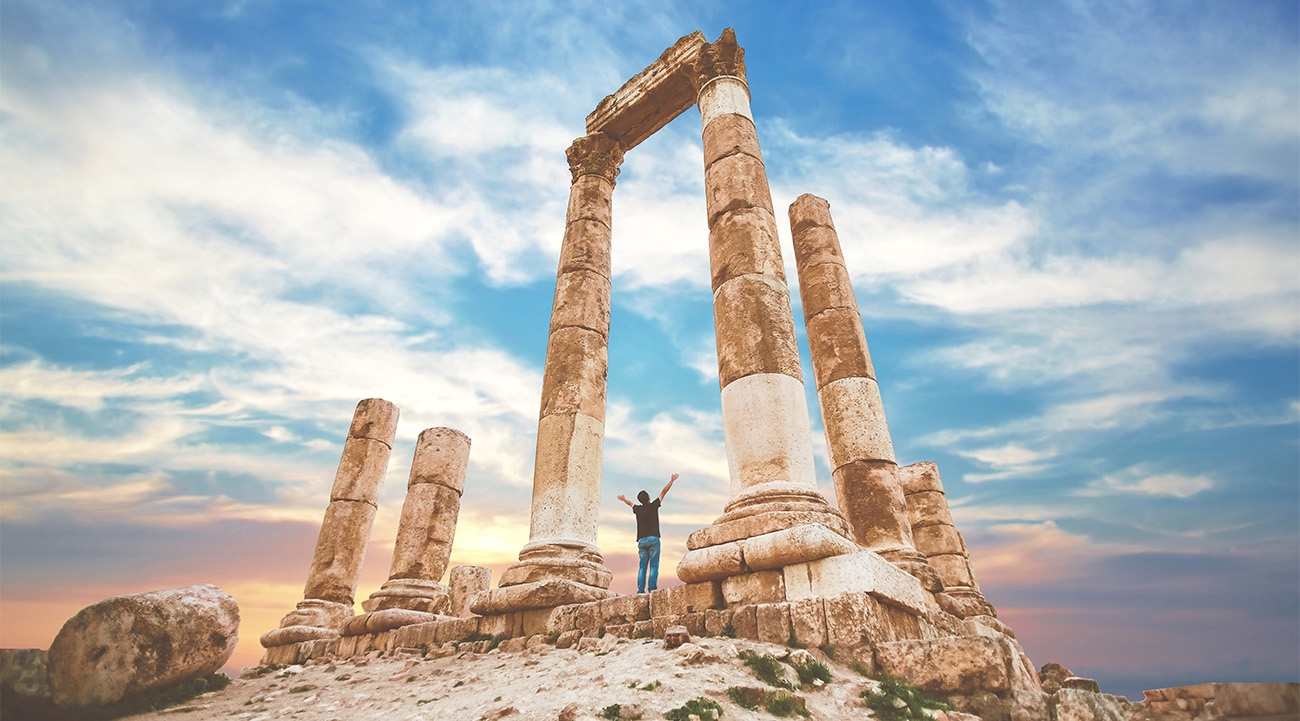
Biggest attraction
My final stop is Jordan’s biggest draw, and one of the New Seven Wonders of the World – the Unesco World Heritage Site of Petra. Two thousand years ago, the vast site was the capital of the Nabataean empire and a flourishing trade centre. Gradually abandoned, the ‘lost city’ of red and rose-coloured sandstone lay hidden before its rediscovery in 1812.
Walking The Siq road, the main route into Petra, ochre walls soar at either side, concealing the most spectacular gift that reveals itself at the end of the route: the facade of The Treasury. The site’s main hub is abuzz with souvenir sellers, cameleers and selfie-snapping tourists. Explore further, and you’ll recover some peace and discover incredible carved temples, and caves where Bedouins still live today, bringing in their camels when the sun sets. After dark, I return to see Petra by night: The Siq road softly lit by candles and The Treasury illuminated by projections, transforming the edifice from red to purple and blue.
Sitting cross-legged on a woven rug, I sip on a mint tea, as Bedouins perform mesmerising stories through dance and music, restoring sanctity to the space after the frenzy of the day. A crescent moon shines down as I walk the path taken by traders for millennia and leave the city behind, ethereal and eternal, to slumber under a billion stars.
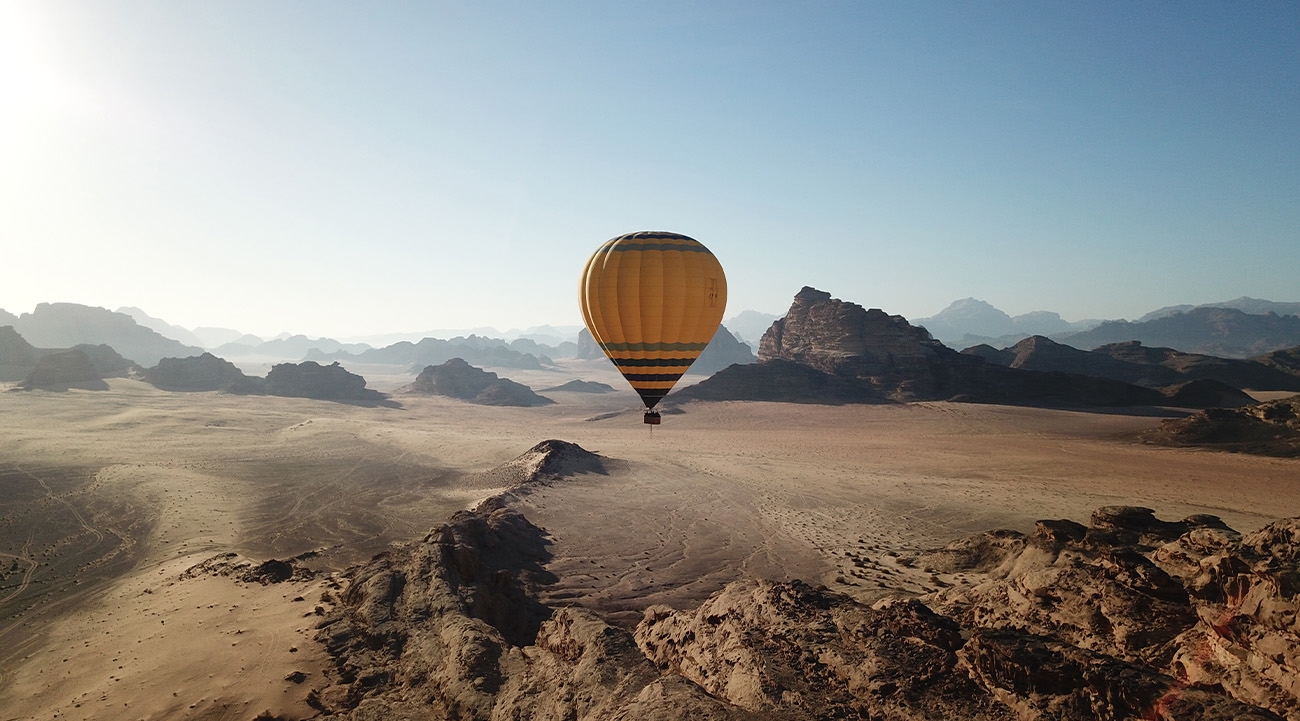
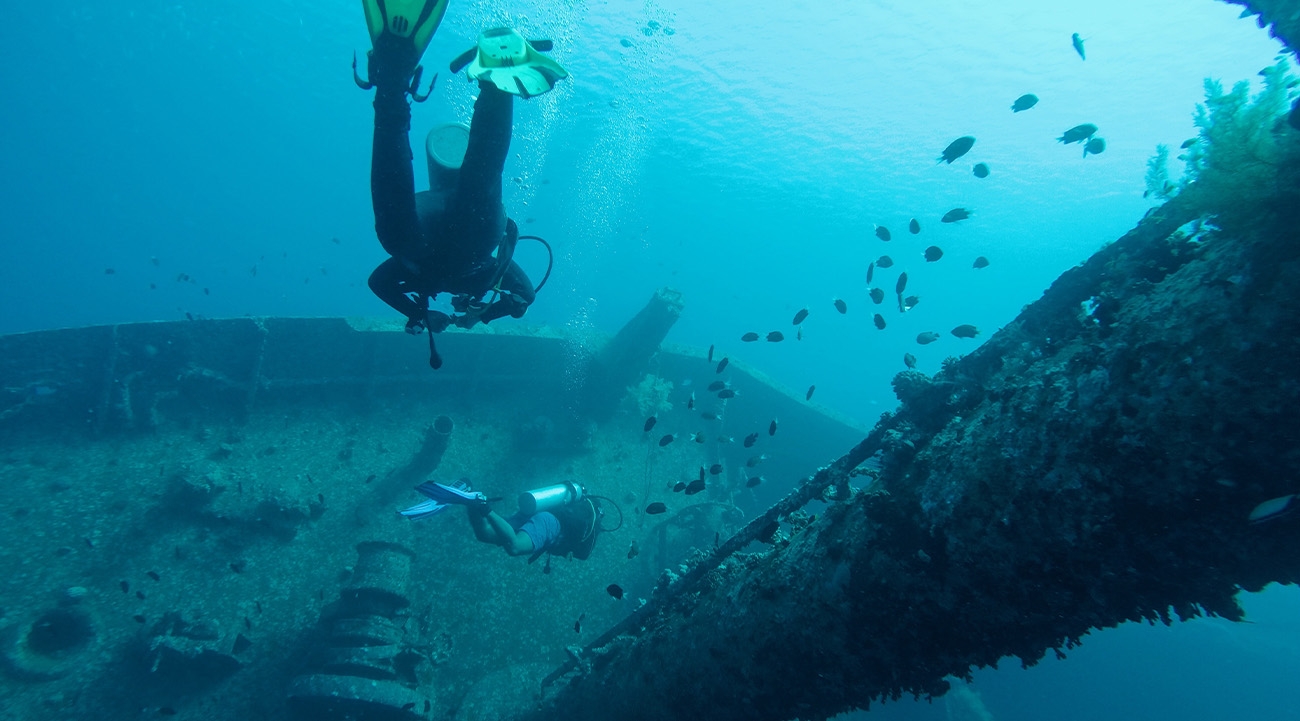
The facts
Accommodation: Just 10 minutes from King Hussein International airport, the Hyatt Regency Aqaba Ayla Resort has rooms from £160 a night, based on two people sharing. The Old Village Hotel & Resort at Petra offers rooms from £150 a night. Bubble tents at Palmera Camp cost between £350 and £450 a night, depending on the season.
Activities: A full-day snorkelling trip starts at £47 per person with Sea Guard, including lunch and refreshments. A day’s diving costs from £90 per person, which includes equipment rental, one guided dive, unlimited snorkelling, lunch and refreshments. An optional Jordan Pass includes the tourist entry visa to Jordan, plus entry to 40 attractions including Petra and Wadi Rum. Balloons Over Rum offers balloon flights at Wadi Rum from £157 per person.
